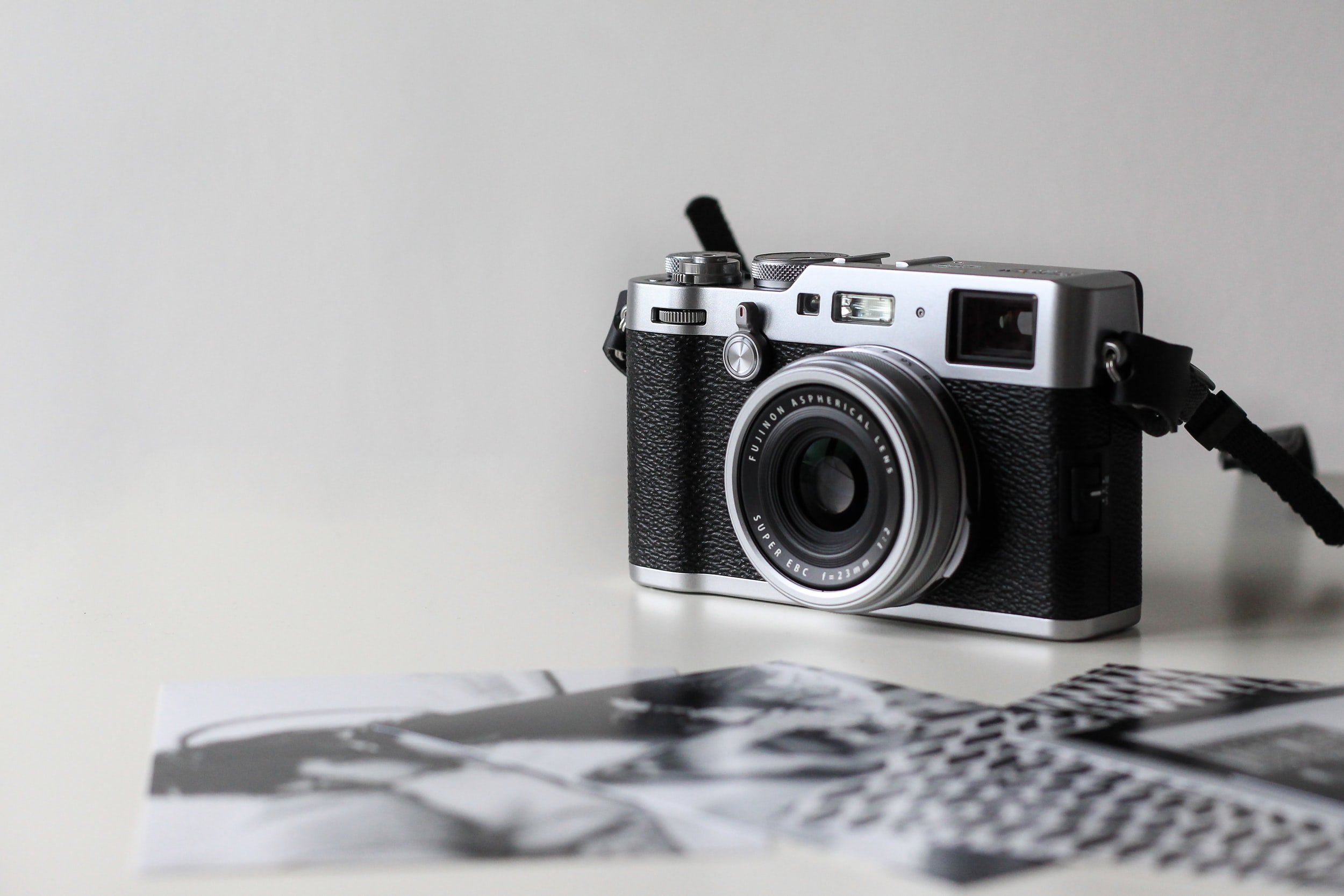Being a wedding photographer is a hard job, for people starting out in wedding photography there are some pieces of equipment that you should always bring with you
These Are the Equipment Essentials for Wedding Photography
Camera and Backup Camera
Your main camera and backup camera are compulsory for a wedding shoot. It is essential to have a backup in the event that something goes wrong with your primary camera. Even if there is no emergency, having a b camera is great for switching lenses on the fly. You won’t always have a quiet moment or table switch lenses. But, if your desired lens is another camera
Medium Zoom Lens
24 – 70 f2.8 is commonly used as a medium zoom lens. This focal length is great for wedding portraits and photojournalism, offering both wide and tight perspectives. The aperture is fairly decent at 2.8 and is a great lens to start using for weddings as if gives you a chance to figure out what focal length you gravitate towards the most. However, do not assume that it is a starter lens, they can be quite pricey and for most wedding professionals this is a must-have.
Telephoto Lens
Telephoto lenses are probably my favorite since you can shoot from a far which enables me to be un-intrusive. You could opt for a zoom like a 70-200 or a prime. I prefer primes because they are lighter and tend to have a lower aperture value resulting is great low capabilities and gorgeous bokeh rendering.
Wide Angle Lens and Prime Lens
If you are using a medium zoom lens, then having a wide angle prime isn’t necessarily essential for a wedding, but this personally my favorite way to shoot. The wide angle prime lens can assist you with architectural details or big group shots. Being a prime also forces you to be actively engaged in your composition since wide angles can sometimes be tricky. I tend to keep my Fujifilm 16mm f/1.4 (24mm in full frame) reserved for group shots. I also tend to shoot at least at f4 or higher to keep everyone in focus.
Speedlights
Using an external flash can be a lifesaver when you need to get a shot that is just too dark to get otherwise. I use Godox flash for nighttime weddings and dark churches. I say Godox since it is a third party brand that’s affordable and can work with most camera systems.
Flash diffuser
It helps to diffuse the light and make for better portraits on the fly when you don’t have time to set up lights.
Batteries
Always bring more batteries than you think you need. If purchasing 8 batteries is expensive then a great trick I use is; a portable power bank with a USB-C PD connector to your native camera battery socket. This way, while you are shooting, your used battery is being charged. You may only need 2 - 4 batteries in total as opposed to 8 or 10 (depending on how many camera bodies you bring). Furthermore, some wedding venues may ask for a PAT certificate which most of us don’t have. What is a PAT certificate you may ask? Basically a certificate that verifies that your electric equipment is safe to plug into a venue’s wall sockets. Having your own portable charging system bypasses this step altogether. The last thing you’d want is 2 days before your job to be asked for a PAT certificate and with very little time to get one arranged.
Memory Cards
Unfortunately, for memory cards I do not have any cheaper alternatives. I would recommend buying the best within your budget as you would want the most reliable, fastest and durable cards. Do not compromise as here. Furthermore, even if your camera’s buffer can’t utilize the card’s fast read speed. The read speed will help you when offloading photos from your SD card to your computer / hard drive. With slow cards, offloading footage can sometimes take over an hour. Imagine if you shot 500gb worth?
Tripod And Light Stands
Always, always bring a tripod. Even if the bride and groom don’t have any shots that require one. A good tripod will get you out of a pinch if you are low on light and just need a little more stability. It’s also helpful if you are working in very low light or compositing images together. The light stands are helpful to place your speedlights on and allow you to adjust the placement of the lights. Last point is that you may get asked to shoot some video of the ceremony 10 minutes before. This happened to me once and I wish I simply chucked my tiny tripod in the car.
Camera bag
You will need something to put all your gear in. Make sure it’s big enough and comfortable enough to haul around with you as you’re moving throughout the day. I would recommend a master bag for everything. Once you arrive and get settled, I would keep a sling bag on myself for batteries, memory cards and a spare lens.
Lens Cleaning Kit and Lens Hoods
It’s possible for the lens to get dirty or wet throughout the course of a quick moving event, so it’s good to keep a cleaning kit or lens wipes with you to keep smudges from ruining your shots. Lens hoods are a good way to keep lenses from getting dirty in the first place and also serve to keep sun flare down.
These are my essential items. Am I missing any items that you think are essential?









